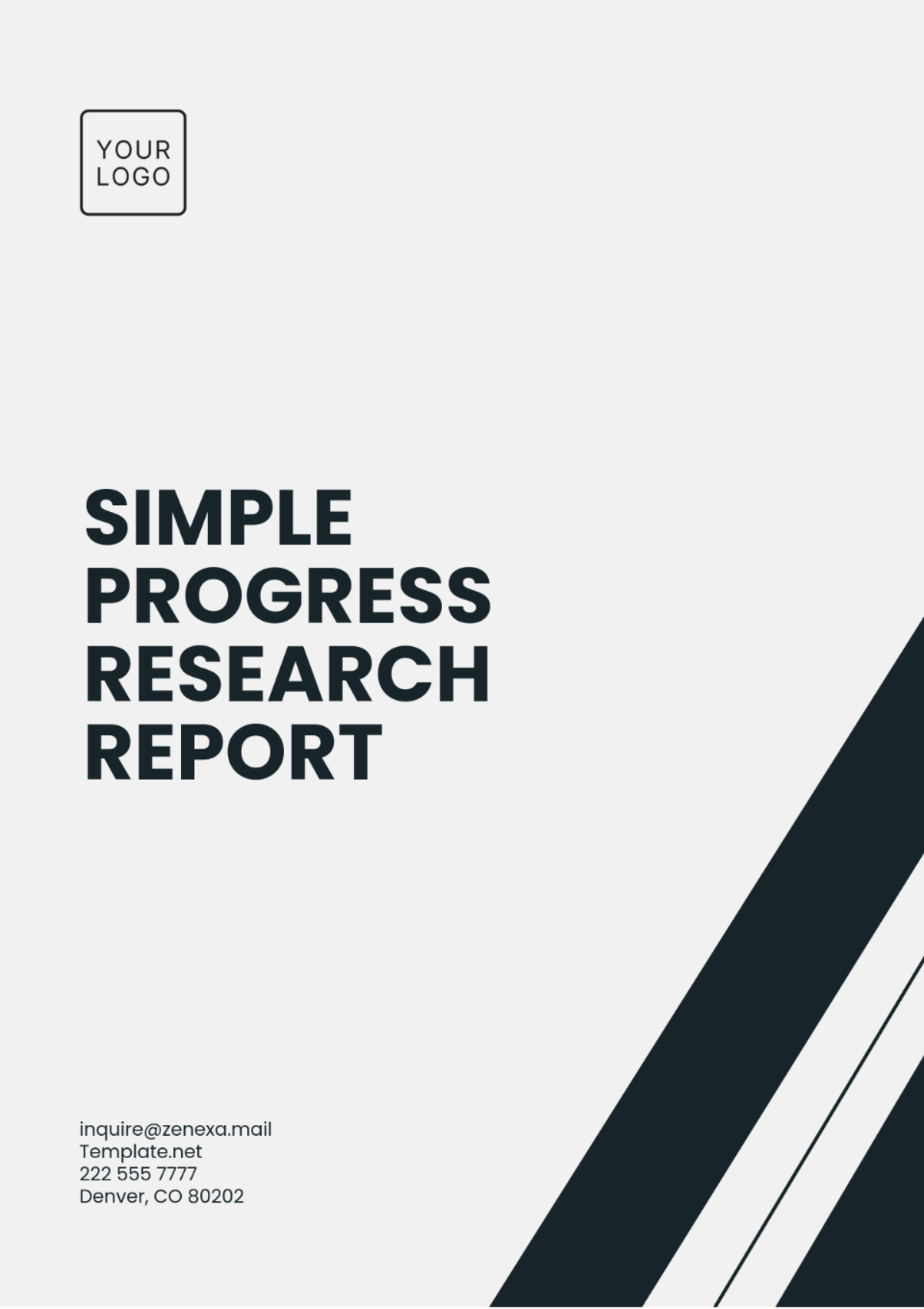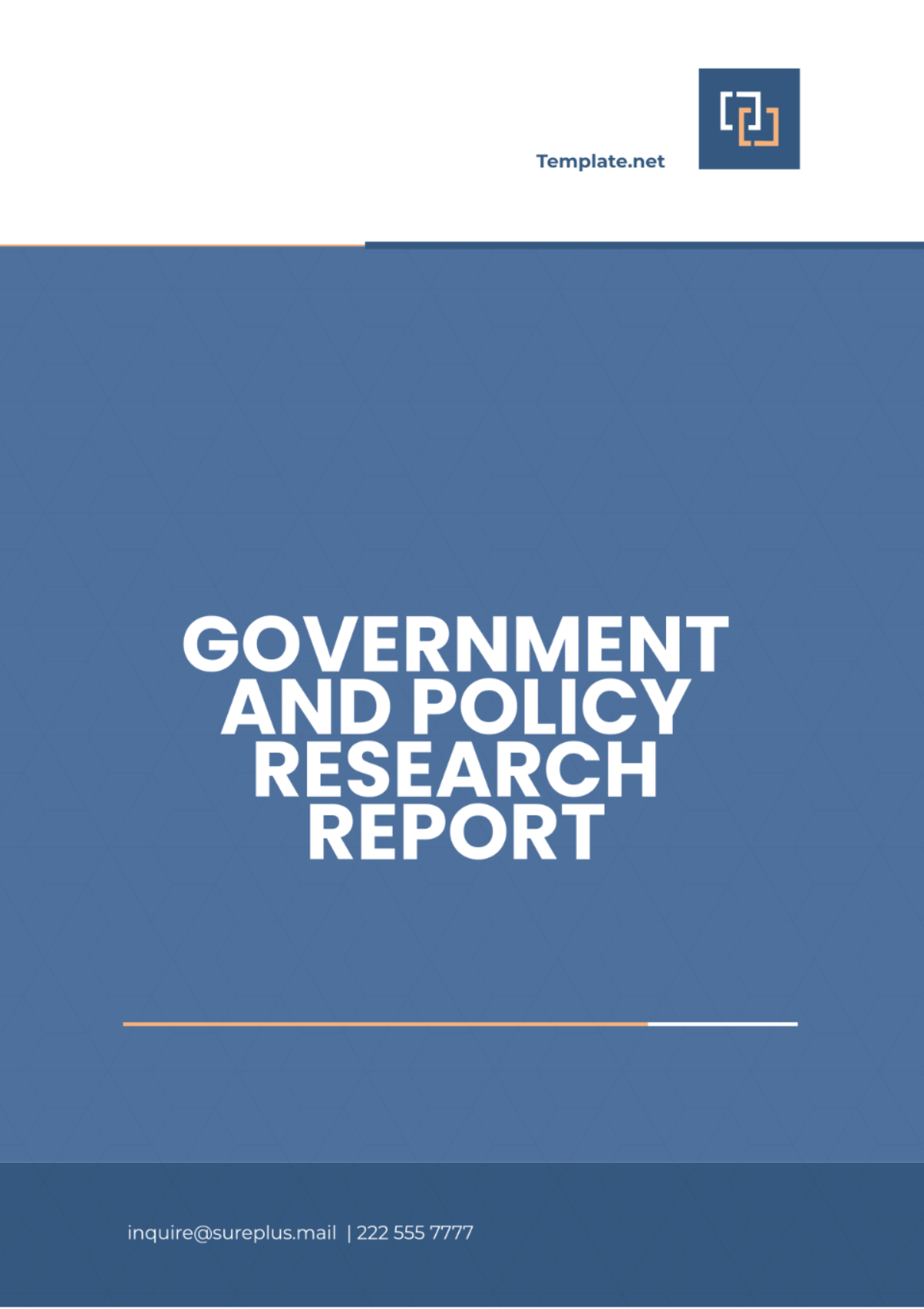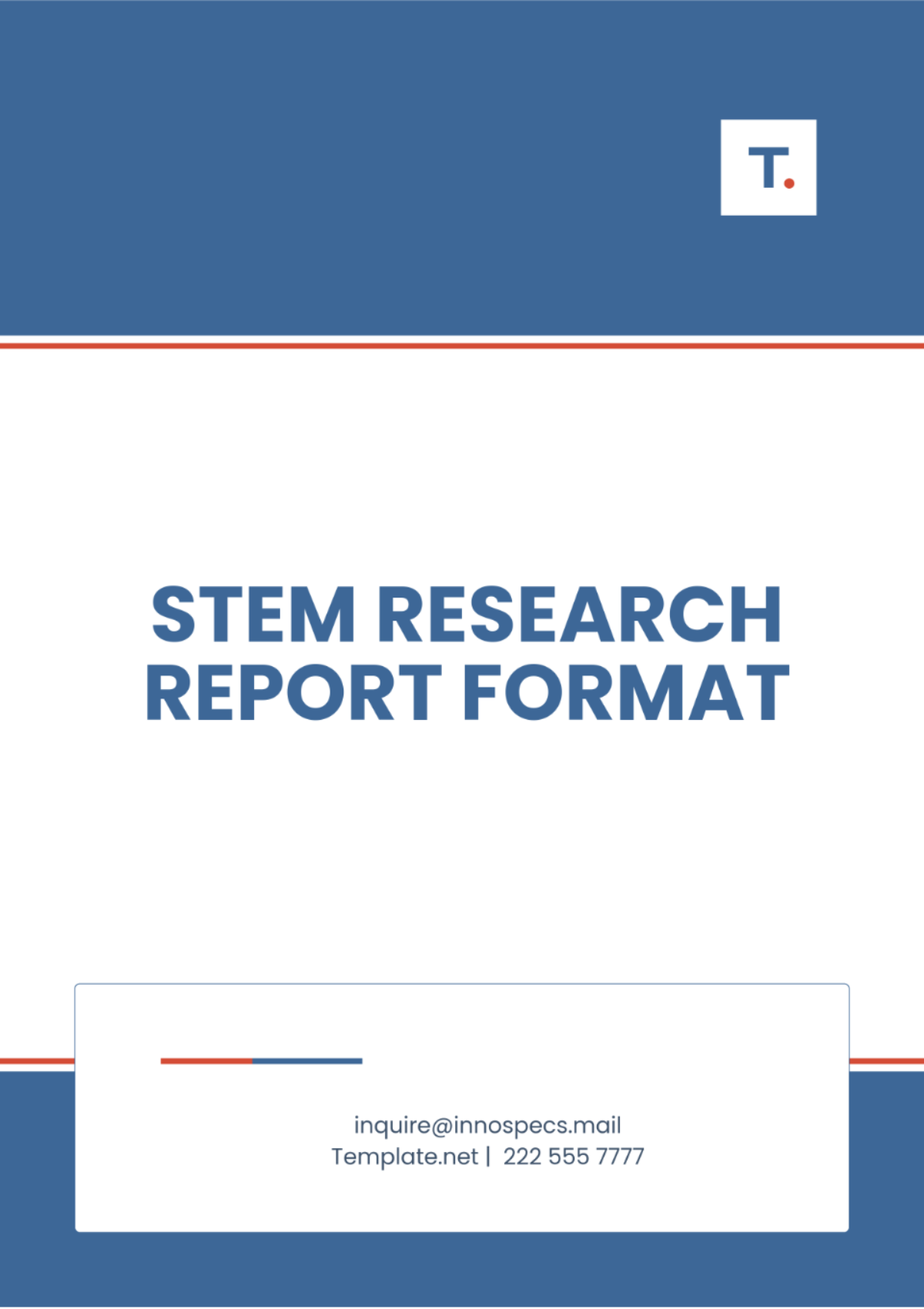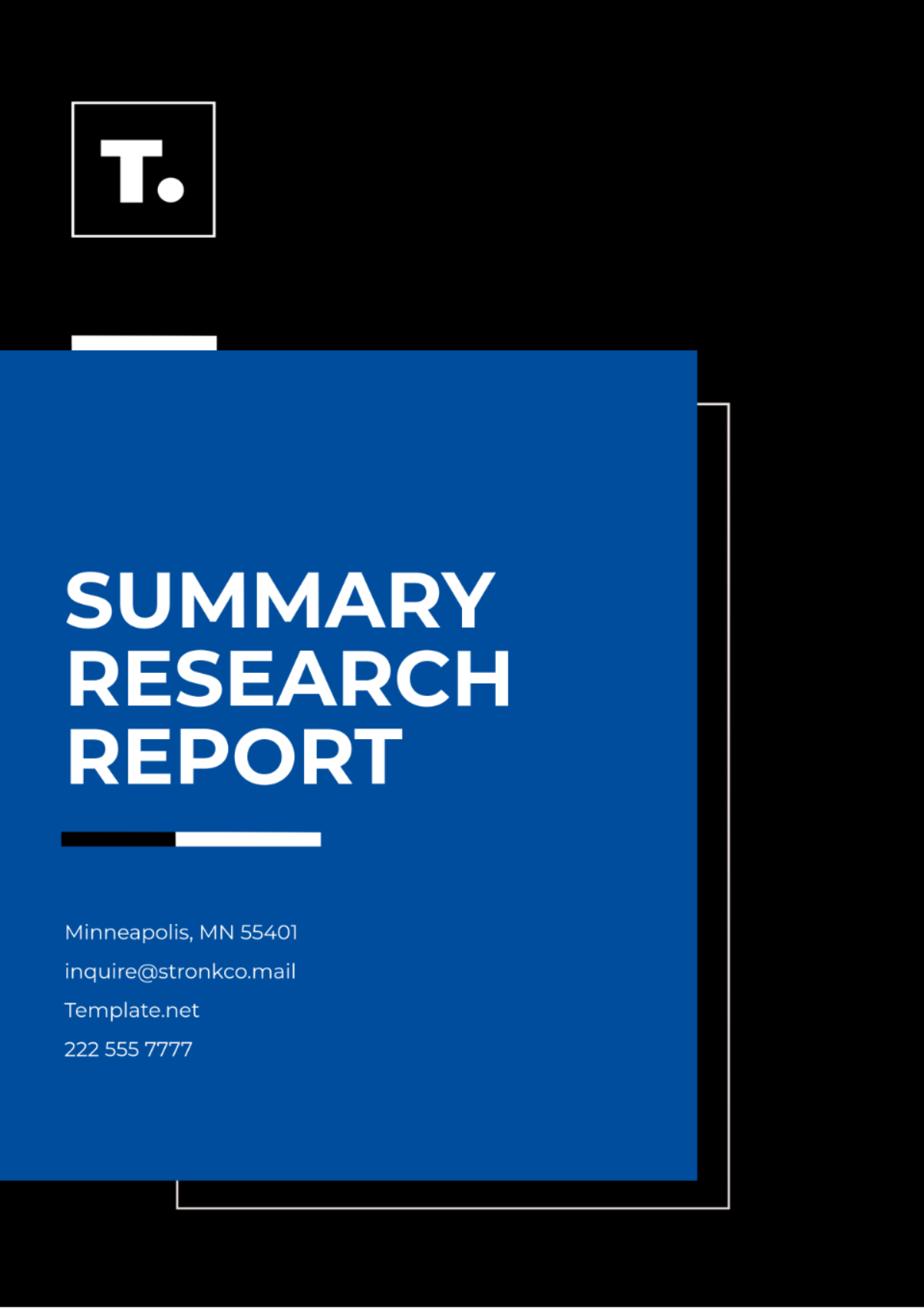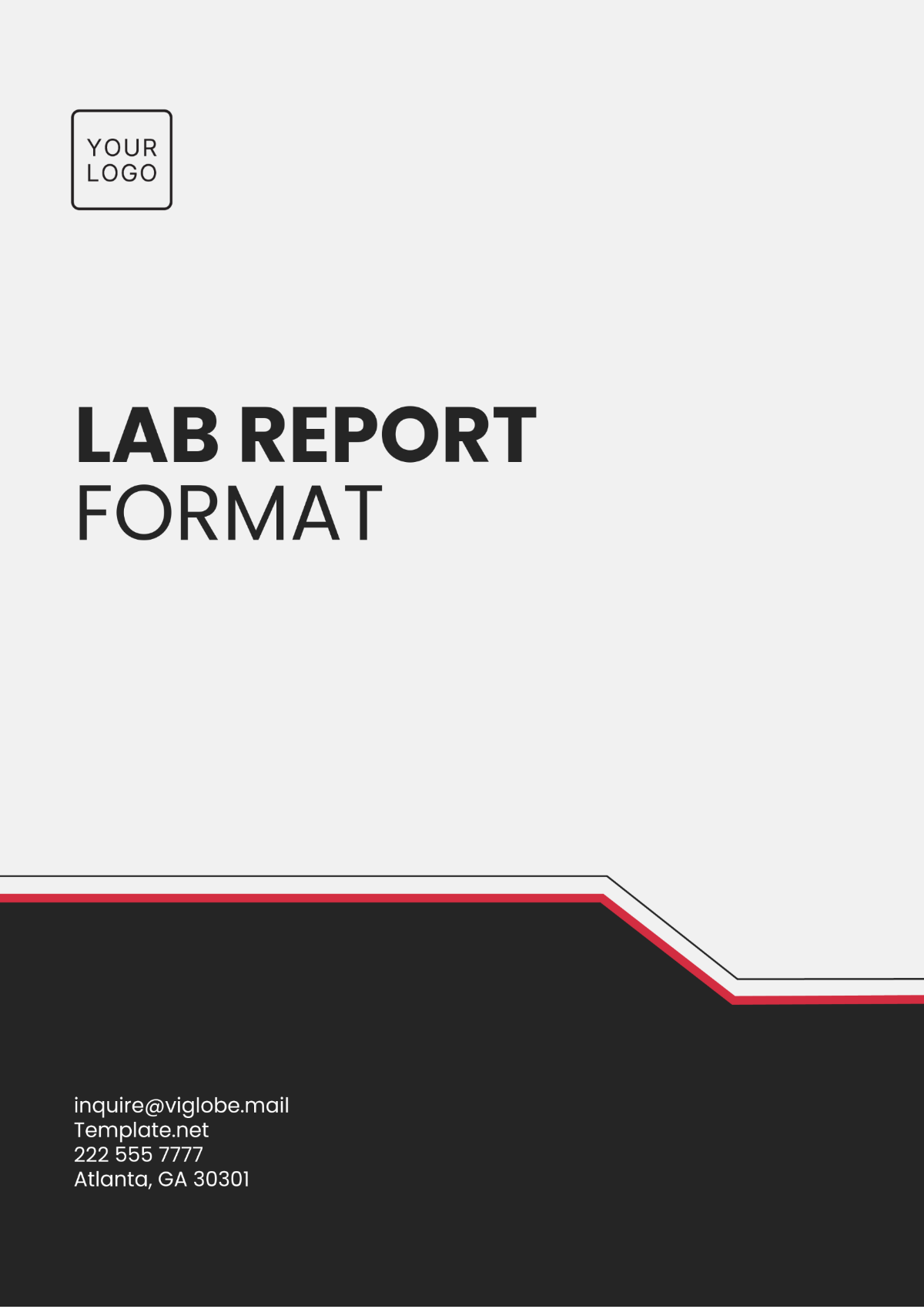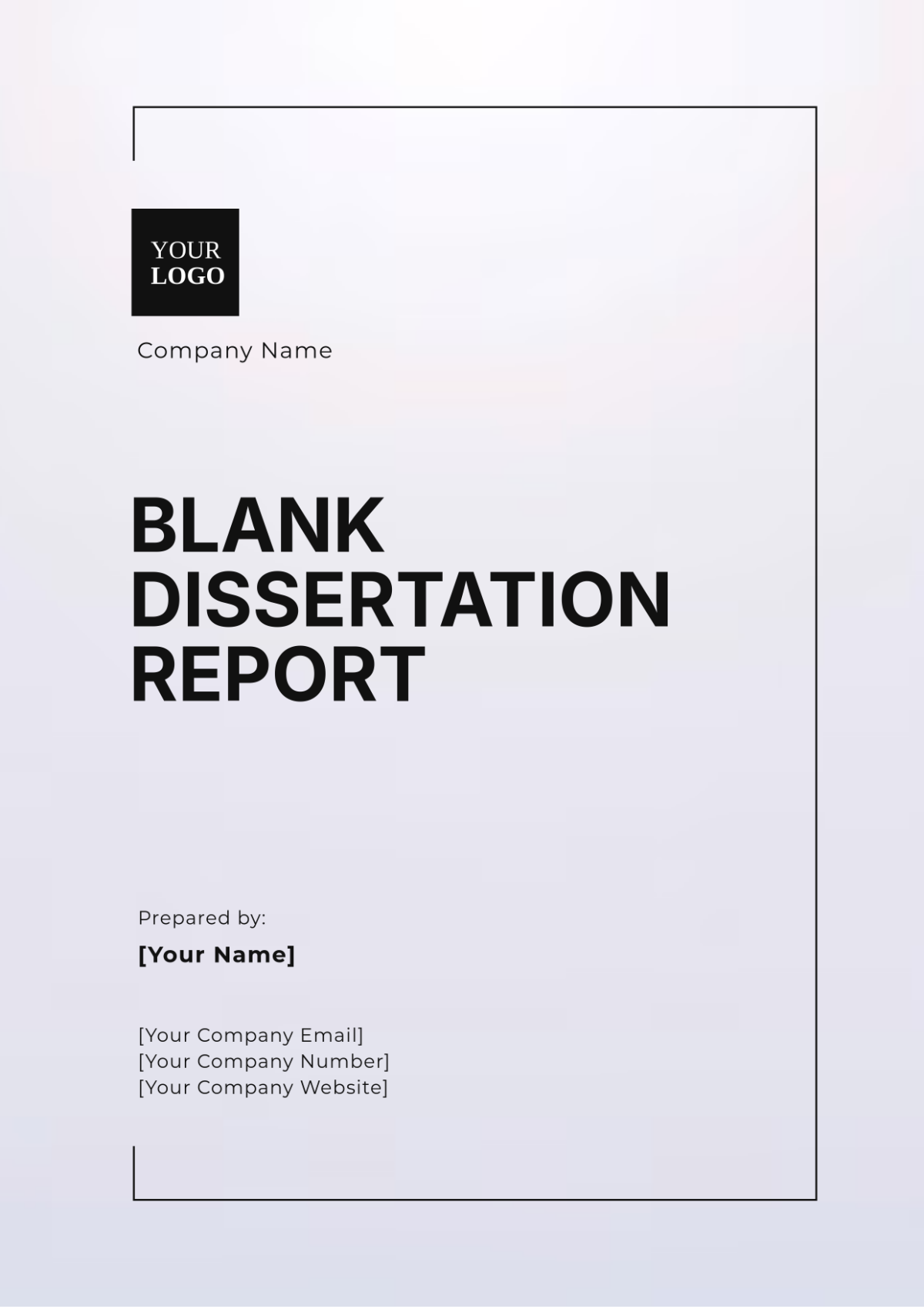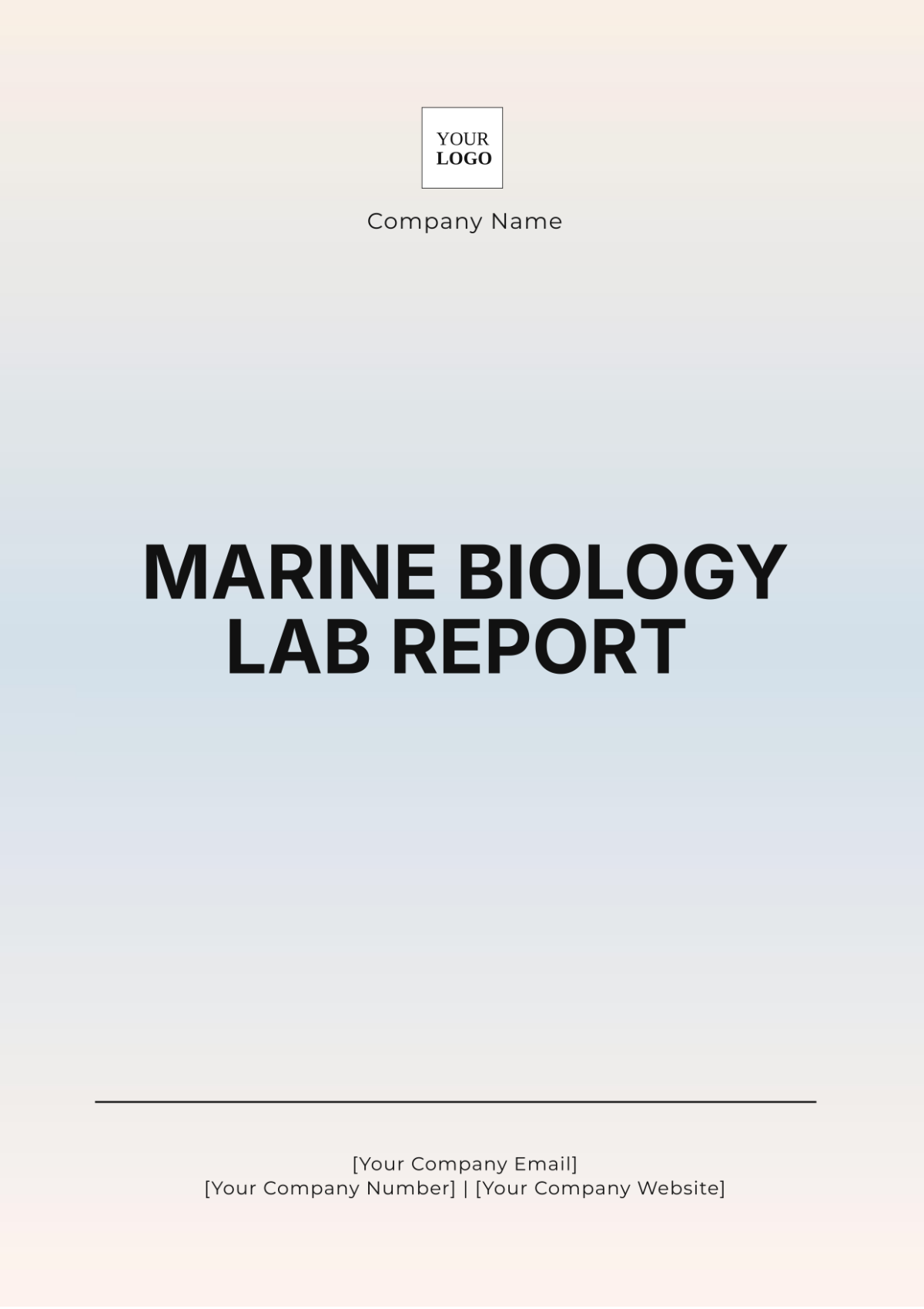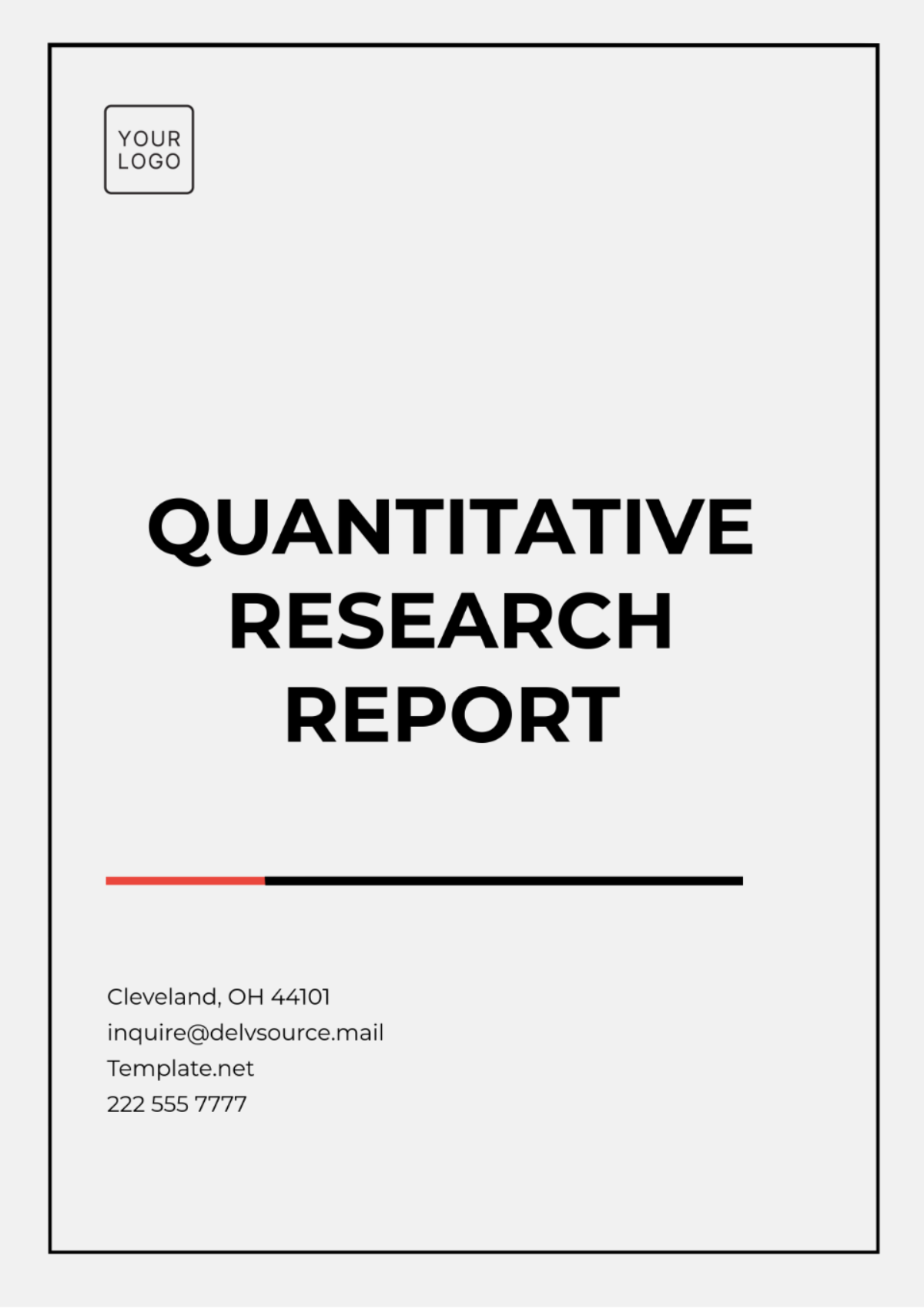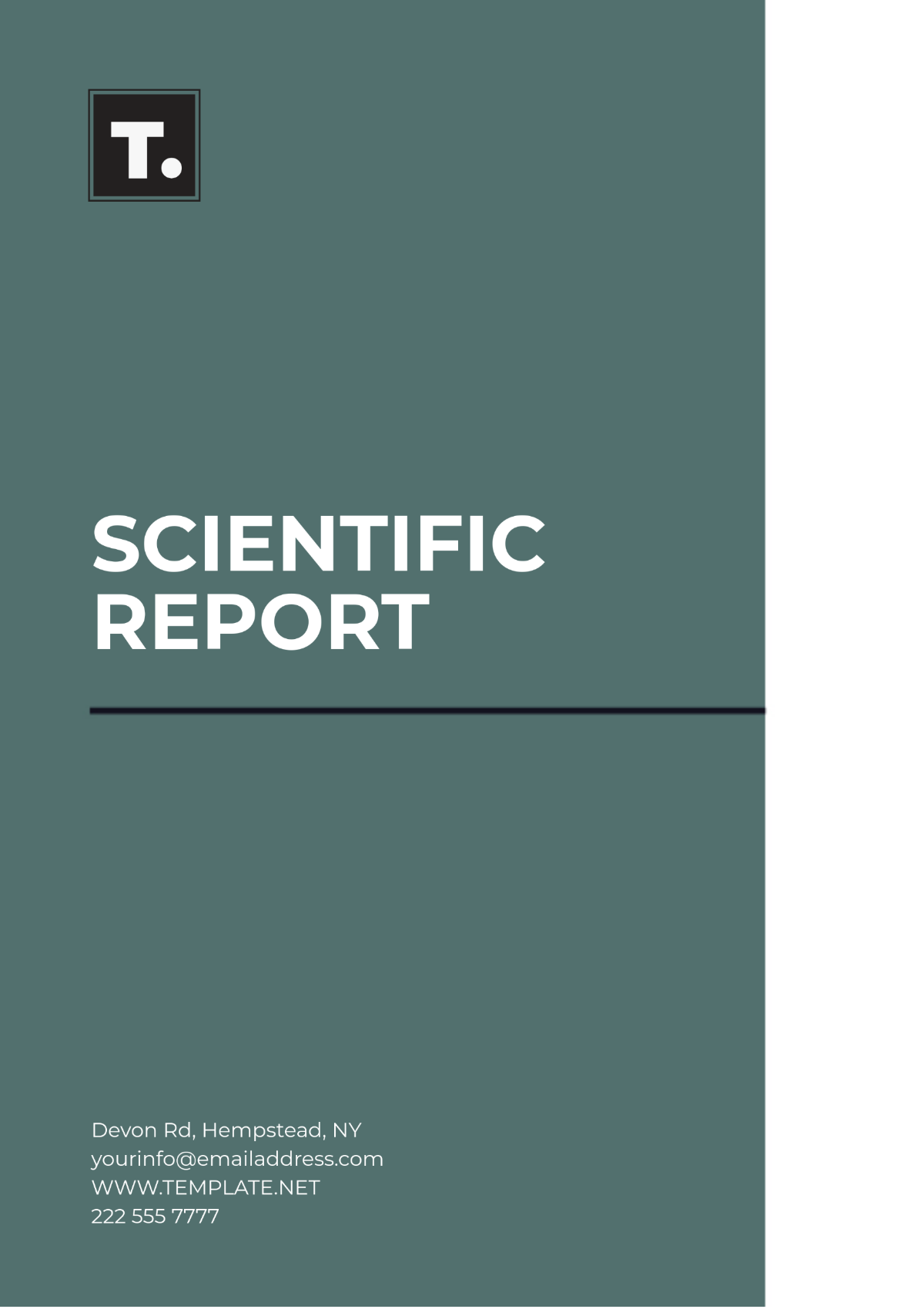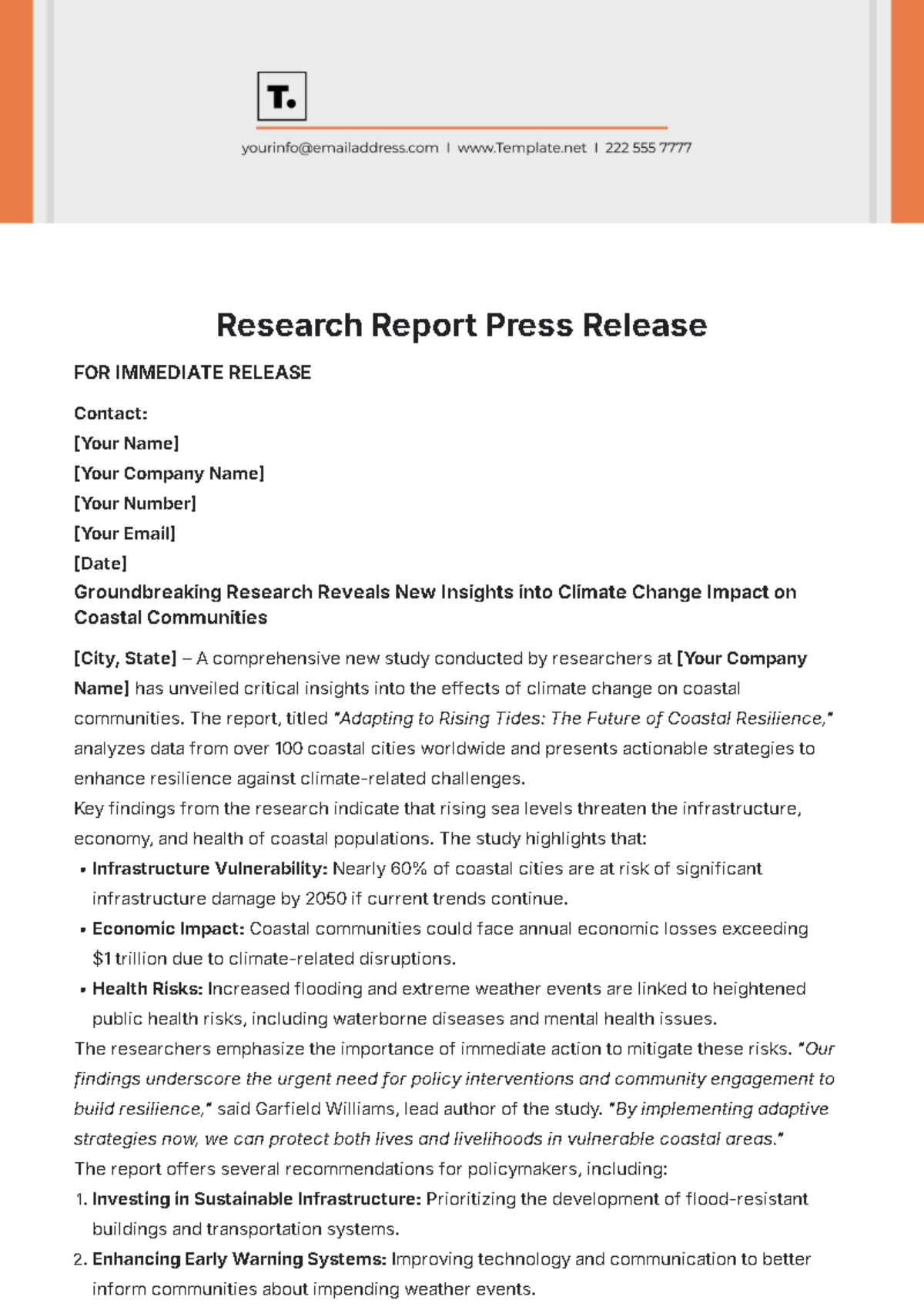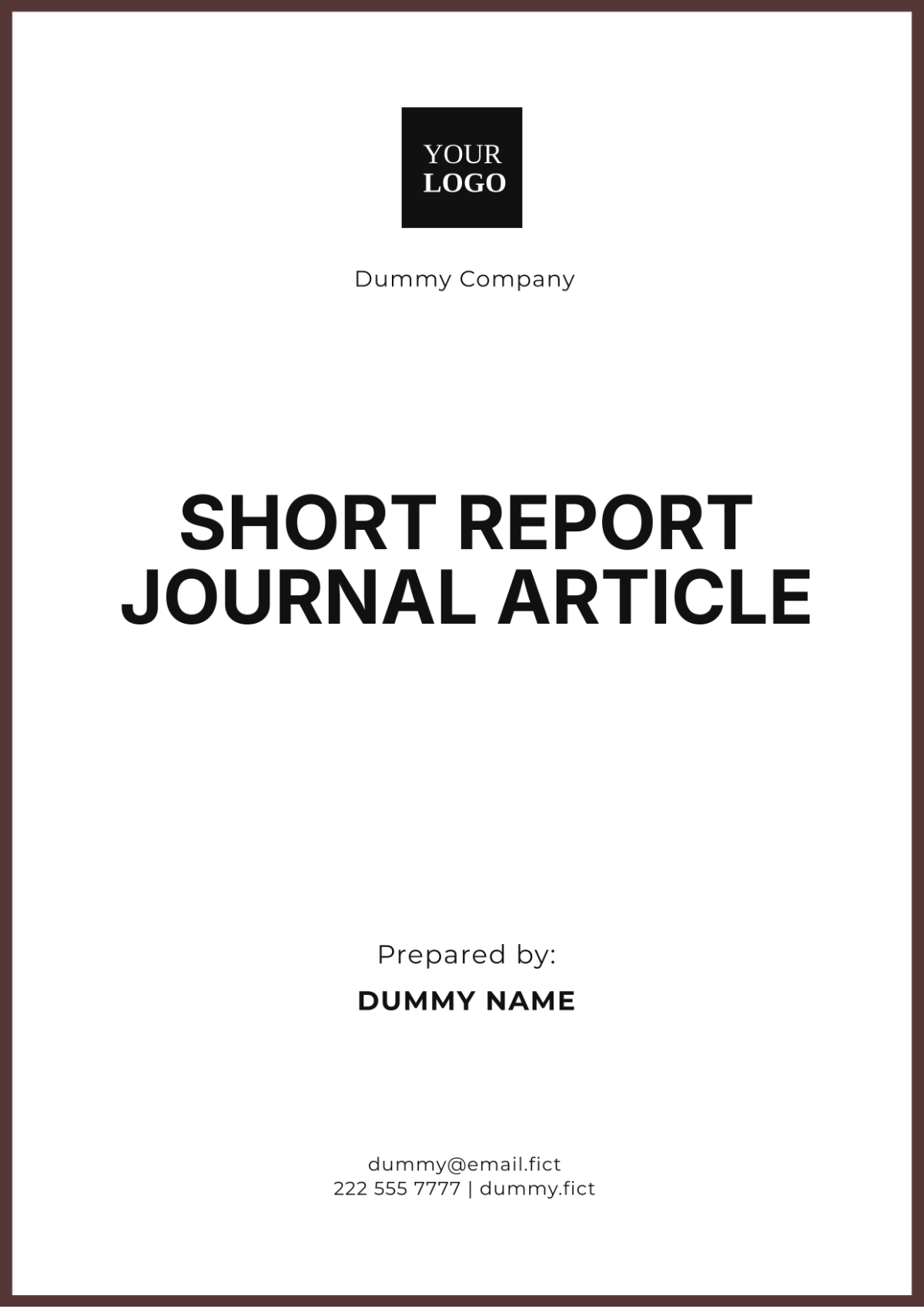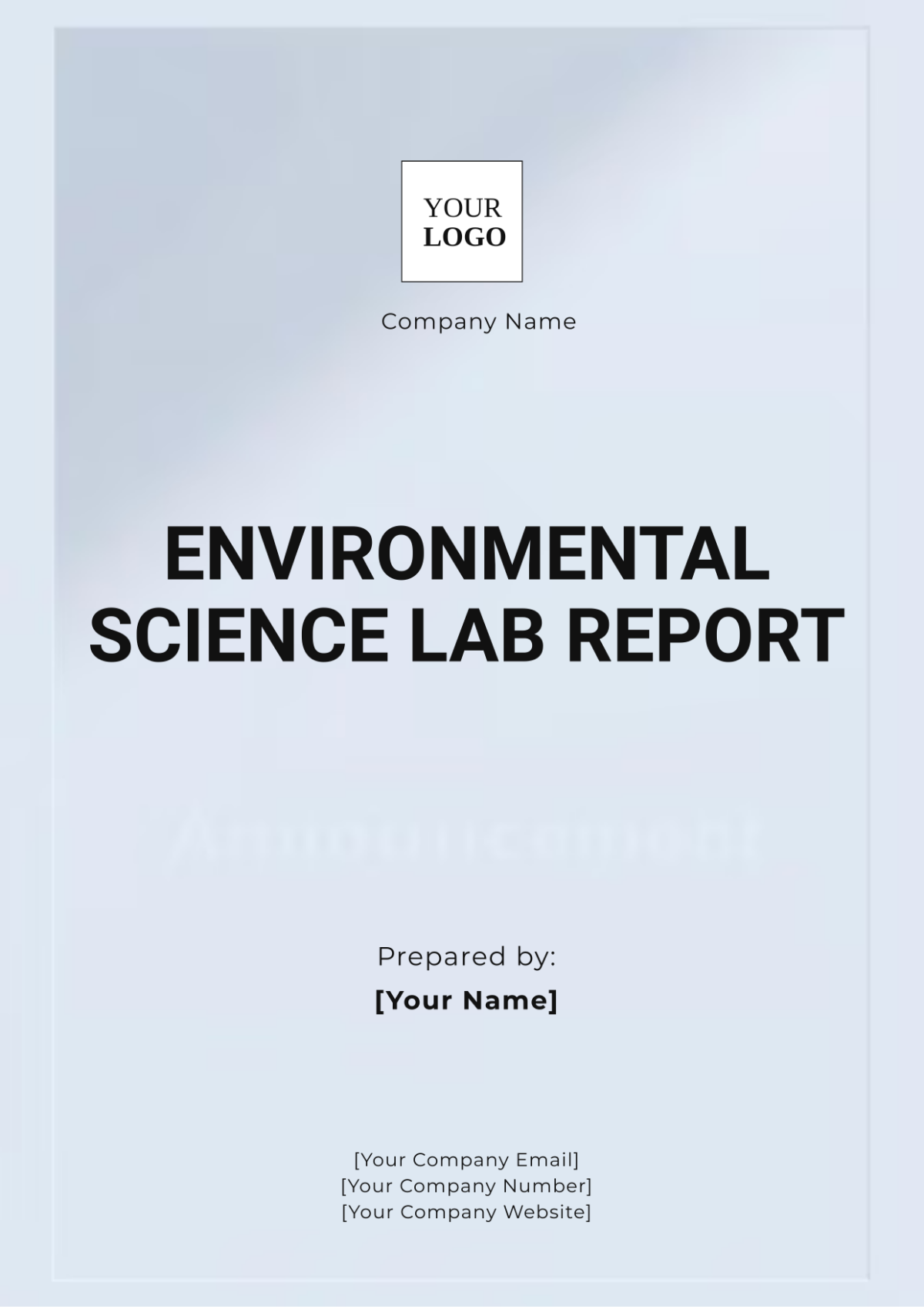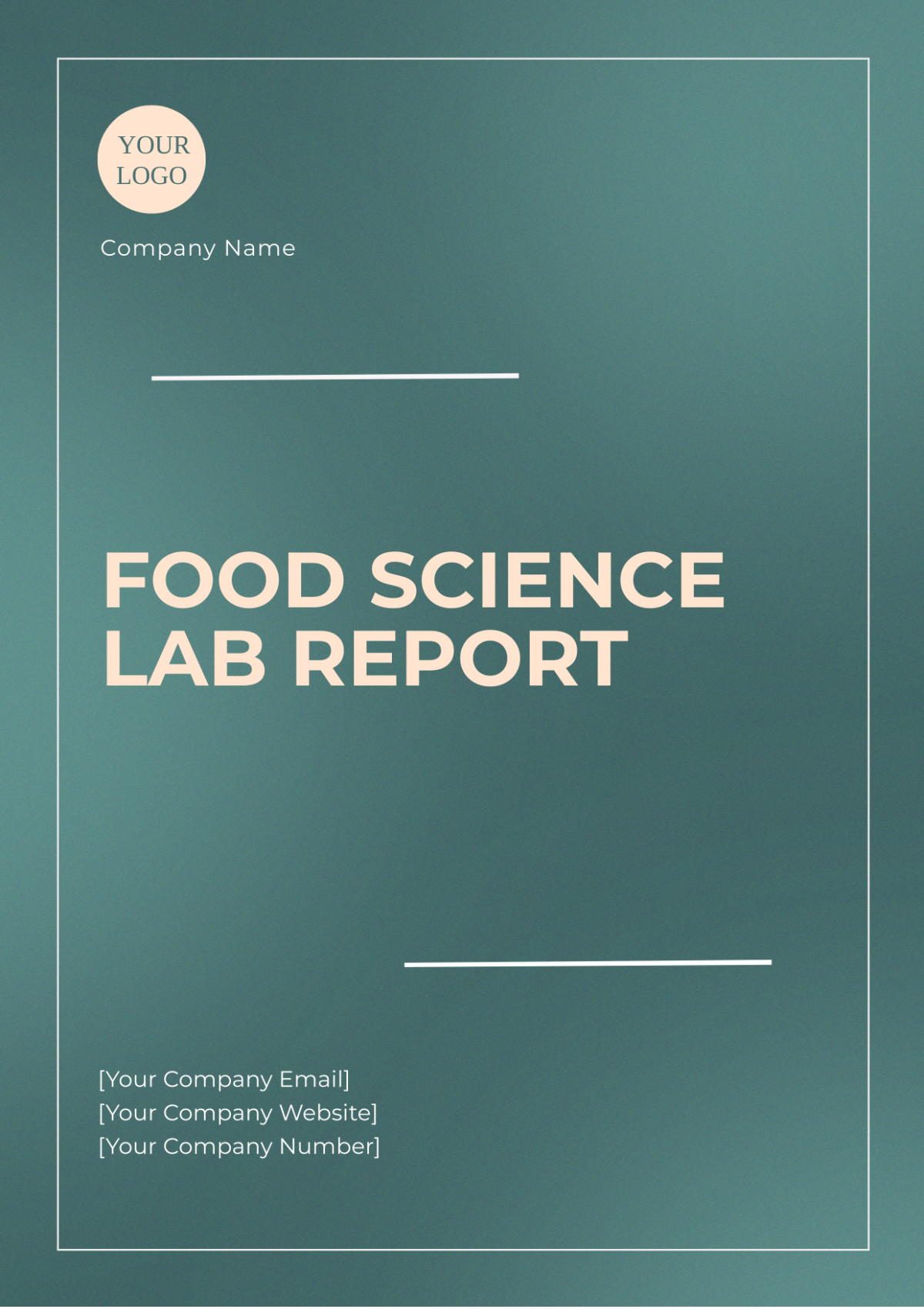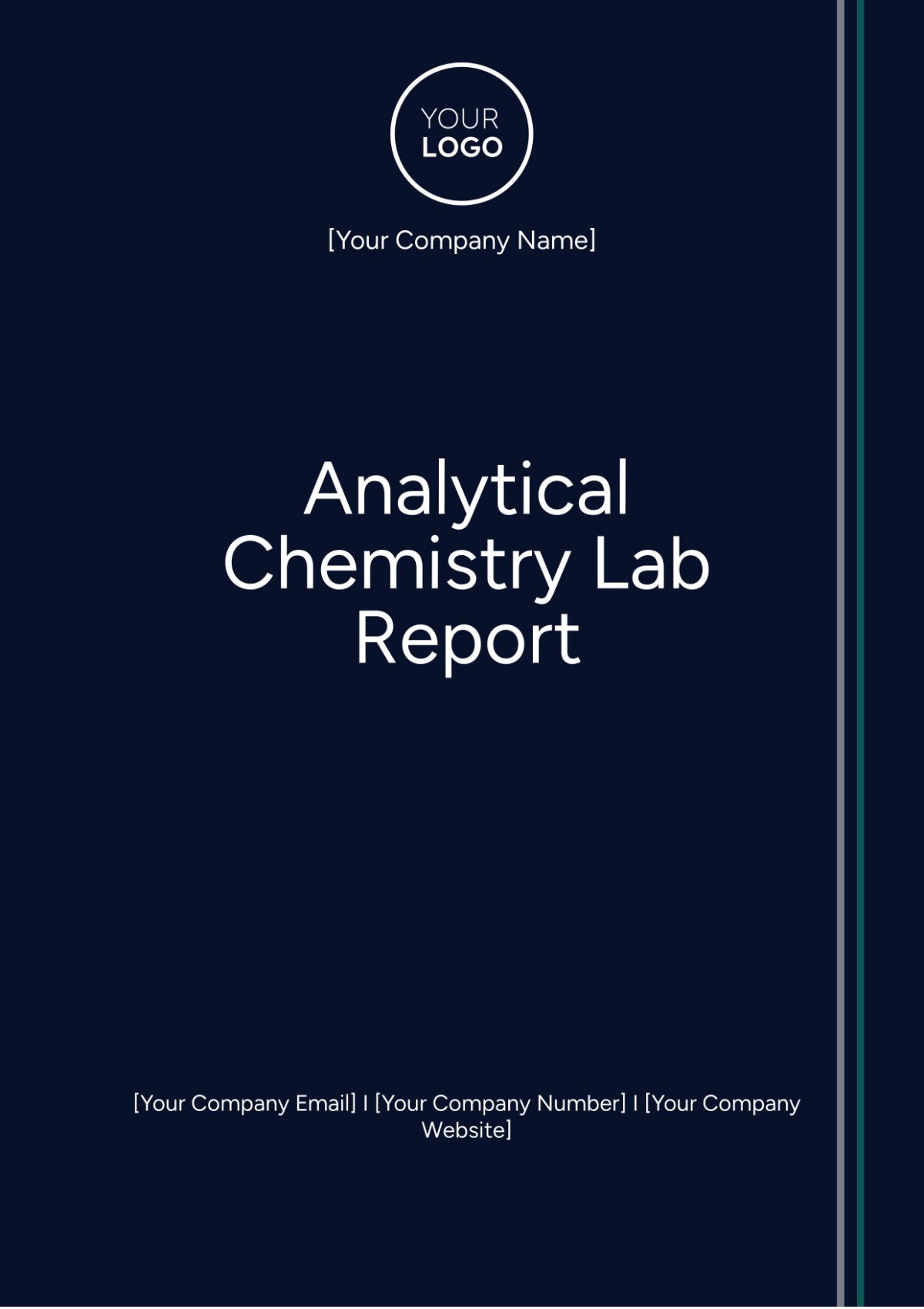Chemical Engineering Lab Report
Prepared by: [YOUR NAME]
Date: [DATE]
I. Introduction
The objective of this experiment is to evaluate the reaction kinetics of a specified chemical reaction in a Continuous Stirred Tank Reactor (CSTR). The CSTR is widely used in the chemical engineering industry due to its ability to provide uniform composition throughout the reactor. In this report, we detail the experimental procedure, data collected, analysis methodologies, and the results obtained from our study.
II. Experimental Procedure
A. Materials and Equipment
Chemicals: Reactants A and B
CSTR setup
Flow meters
Temperature sensors
Data acquisition system
B. Methodology
The experiment was conducted in a standard CSTR setup. The detailed procedure involved the following steps:
Preparation of reactants A and B with known concentrations.
Setting up the CSTR system and ensuring all sensors and flow meters are calibrated.
Initiating the flow of reactants A and B into the CSTR at different molar ratios and flow rates.
Continuously stirring the reactants in the reactor to maintain uniform composition.
Recording the temperature, concentration, and flow rate data over regular intervals.
Collecting the effluent from the reactor for analysis.
III. Data Collected
The data was collected over a series of trials with varying parameters. The table below summarizes the key data collected during the experiment:
Trial No. | Flow Rate of A (L/hr) | Flow Rate of B (L/hr) | Temperature (°C) | Concentration of Product (mol/L) |
|---|---|---|---|---|
1 | 50 | 50 | 25 | 0.10 |
2 | 75 | 75 | 30 | 0.15 |
3 | 100 | 50 | 35 | 0.20 |
4 | 50 | 100 | 40 | 0.25 |
IV. Analysis and Interpretation
A. Reaction Rate Determination
The reaction rate was determined using the concentration of the product measured at different flow rates and temperatures. A plot of concentration vs. time was used to establish the rate law and order of the reaction.
B. Effect of Temperature
The Arrhenius equation was employed to analyze the effect of temperature on the reaction rate. An increase in temperature generally increases the reaction rate, indicating a positive activation energy for the reaction. The specific rate constants at each temperature were calculated and used for plotting an Arrhenius plot.
C. Flow Rate Variation
The variation in flow rates of reactants A and B was studied to understand its impact on the reaction kinetics. A higher flow rate generally resulted in a decreased residence time, which in turn affected the conversion and yield of the reaction.
V. Results
The key results obtained from the experiment are as follows:
The reaction followed pseudo-first-order kinetics concerning reactant A.
The activation energy calculated was 45 kJ/mol, indicating a moderate sensitivity to temperature changes.
The conversion efficiency varied significantly with different flow rates, demonstrating the importance of optimizing flow parameters in industrial processes.
VI. Conclusion
This experiment successfully demonstrated the principles of reaction kinetics within a CSTR. Through controlled variation of flow rates and temperatures, the kinetics of the reaction were elucidated, and key parameters such as the reaction order and activation energy were determined. The findings underscore the importance of reactor design and operational conditions in chemical engineering processes.

